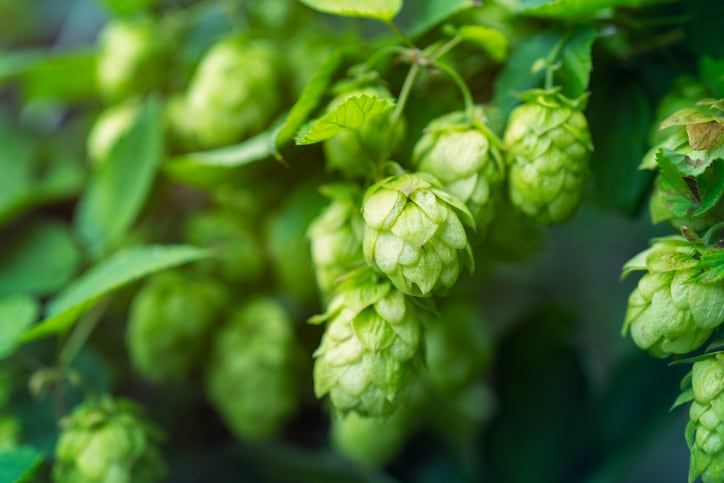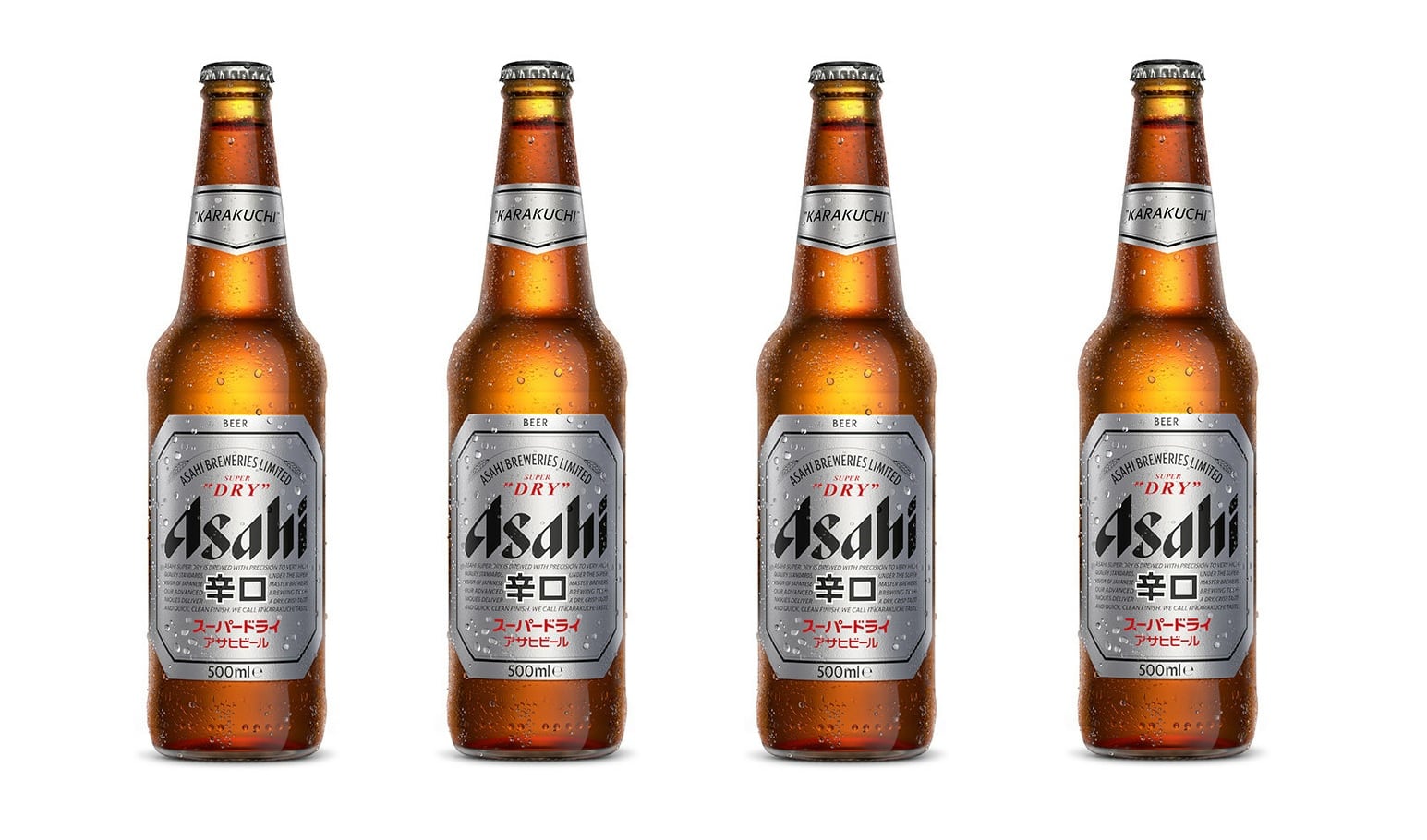Entitled SAIL ’27, Carlsberg’s long-term strategy was initially set out in 2022: but its markets have been dramatically affected by the war in Ukraine, the decision in March 2022 to divest its Russian business (where Carlsberg had previously enjoyed a #2 market position), high inflation and the recovery from COVID-19.
Now, the company wants to sharpen its sights on the long-term future: and ‘Accelerate SAIL’ now sets out the strategic frame for the company’s growth.
As a result, the company has raised its long-term growth ambitions (using 2024 as baseline) to organic revenue growth of 4-6% CAGR (previously 3-5%), with organic operating profit growth ahead of revenue growth.
CEO Jacob Aarup-Andersen (who took over the reins at the company in September) says that - with SAIL’27 as the launch pad – the company is ‘transitioning into growth mode with Accelerate SAIL’.
“Accelerate SAIL is about building a bold and exciting future of growth and becoming an even stronger company,” he said. “So we are raising our long-term ambitions for organic growth to 4-6%, while growing organic growth ahead of revenue. To deliver on that ambition, we’ll be accelerating investments in the following key growth priorities over the next few years.”
1) Portfolio choices: Premium, beyond beer...
Carlsberg says the premium category remains attractive across its markets, where it sees ‘appealing growth and margin opportunities’.
Premium brands – which include Tuborg, Grimbergen, 1664, Carlsberg Pilsner and collaborations with Brooklyn Brewery - accounts for 20% of the group’s total volumes and is a key revenue growth driver.
In recent years, the company’s portfolio of international and local premium brands has outperformed its mainstream portfolio. By increasing investments in marketing and brand building and further developing execution capabilities, Carlsberg believes that it can accelerate growth of our premium portfolio and significantly increase the premium exposure.
Carlsberg’s opportunities in Beyond Beer will initially be captured through the Somersby cider and hard seltzer Garage brands (launched in 2020), which are well established in many markets.
As a beer heavyweight, Carlsberg’s non-beer products only account for 2% of total volumes at the moment, but the company plans to growth this through increased investments in brand building, innovation, footprint expansion and execution. It also wants to explore opportunities to expand the portfolio through partnerships and local brand extensions, leveraging an existing strong route-to-market.
Carlsberg FY2023
Last week Carlsberg reported a ‘solid set of results’ for 2023 despite a challenging environment (calendar year to Dec 31, 2023).
The company posted organic revenue growth of 9.2%, but organic volume declines of 0.5%
On the 2024 outlook, the company says: ‘While the macroeconomic environment and impact on consumer behavior remain uncertain, inflationary pressure is moderating. Consequently, we expect a more moderate increase in our total cost base than in previous years. We intend to offset the higher total costs/hl in absolute terms through higher revenue/hl and continued tight cost control.’
2) Geographical priorities: Accelerate growth in Asia, work on strongholds
Carlsberg’s Asian business accounts for 40% of the group’s total volume and 32% of revenue (it saw strong revenue growth, however, of 8.4% in 2023 in the region).
That company further accounts for volumes between China and Hong Kong (60% of volumes), Cambodia and Laos (20%), India and Vietnam (17%) and Malaysia and Singapore (3%).
Asia has been and remains a key volume and value growth driver for the Group.
It identifies ‘attractive volume and value growth opportunities in the coming years for our strong premium portfolio of local and international beer and Beyond Beer brands, both in our strongholds in the western part of the country and in the big cities’.
It will strengthen its presence and market share in existing big cities by developing and advancing its route-to-market, while continuing to eye up opportunities in recently entered cities and new ones as well.
Carlsberg enjoys a #1 market position in Denmark, Sweden, Norway, Finland and Switzerland (in its home market of Denmark, it takes a 55% share of the market).
In 2023, declining beer volumes in the Nordics were offset by ‘solid growth’ in the soft drinks portfolio (Carlsberg has contractual partnerships to distribution and sell third-party soft drink brands such as Pepsi).
Carlsberg says it will maintain its focus on driving profitable growth in its ‘stronghold markets’ of the Nordics, Switzerland, France and Laos by leveraging its strong portfolios, scale and leading route-to-market set-up.
Russia
- In March 2022, Carlsberg announced its decision to sell its Russian business
- In June 2023, the company announced the conditional sale of Baltika Breweries in Russia
- In July, the Russian government issued a presidential decree temporarily transferring the management of Baltika Breweries to the Russian Federal Agency for State Property Management (Carlsberg retains title to the shares in Baltika Breweries, but otherwise no longer has any control or influence over the management of the business).
3) Executional excellence: Digital transformation, supply chain management
Carlsberg says its Accelerate SAIL ambitions will require improved tools, processes and digitisation in areas such as value management, sales execution and eB2B to drive revenue growth, and in the areas of supply chain management end to end and transactional processes to drive productivity.
Consequently, it is putting the focus on making the right investments behind these capabilities and enablers.
4) Winning culture: Growth culture and sustainability
Carlsberg wants to develop its corporate culture ‘to become more growth-oriented and reward calculated risk-tasking’. That will include developing a leadership charter to profile ways of working and leadership profiles, alongside employee incentive programs to support a growth culture.
Meanwhile, the company remains committed to its ESG program- Together Towards ZERO and Beyond - and its targets for carbon emissions, regenerative farming, packaging, water, irresponsible drinking, accidents and diversity. It is working towards a set of milestones in 2030 and 2040.
For example, it has a target of zero carbon emissions at breweries and a 30% reduction of value chain emissions by 2030; alongside a net zero carbon emissions goal across the entire value chain by 2040.
5) Funding the journey: Optimize sourcing and supply chain efficiencies
Over the coming years, Carlsberg intends to restore gross margins to pre-COVID levels to enable the step-up in investment levels required to capture the growth opportunities.
It believes the main opportunities lie in supply chain areas such as procurement, value engineering and standardization of raw and packaging materials across markets.
The company champions a ‘very strong and well-embedded cost focus’ across the business, centered in particular around SG&A costs and enabled by the operating cost management (OCM) framework, which will be maintained.




